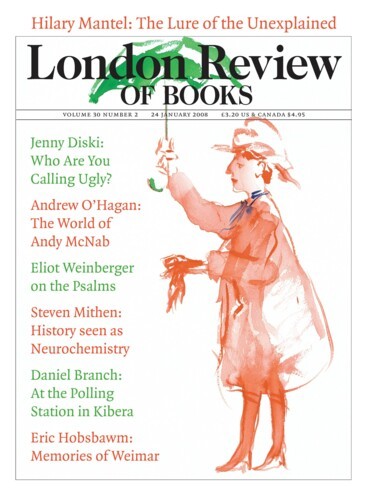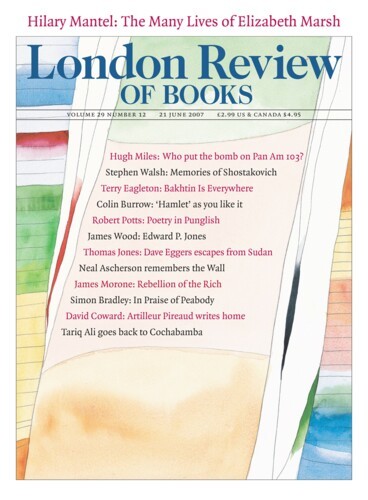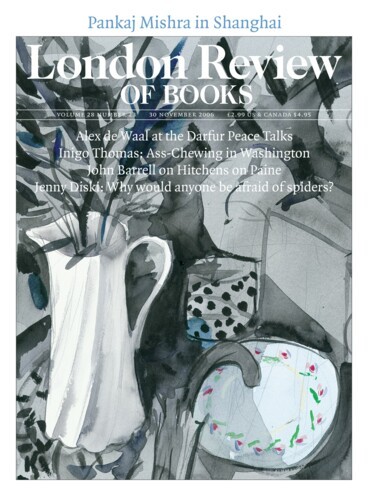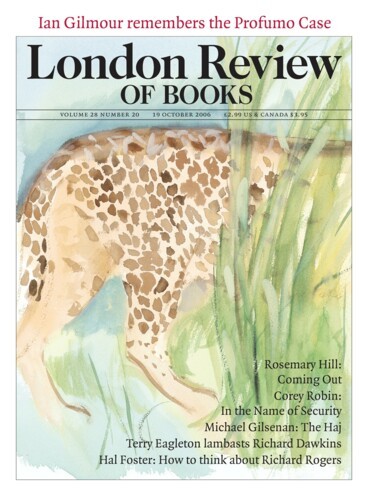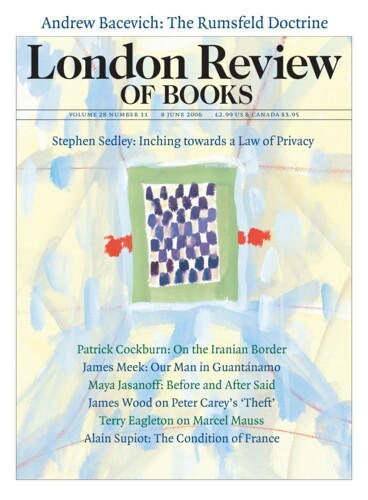Coruscating on Thin Ice: The Divine Spark
Terry Eagleton, 24 January 2008
Most aesthetic concepts are theological ones in disguise. The Romantics saw works of art as mysteriously autonomous, conjuring themselves up from their own unfathomable depths. They were self-originating, self-determining, carrying their ends and raisons d’être within themselves. As such, art was a secular version of the Almighty. Both God and art belonged to that rare category of objects which existed entirely for their own sake, free of the vulgar taint of utility. The third member of this category was the human being. In their freedom, independence and glorious pointlessness, works of art were images of men and women – or at least of what they could become under transformed political conditions. In this sense, art was a politics all of its own, pointing to a future society in which human beings would be treated as ends in themselves. It was a foretaste of utopia in its very uselessness.
